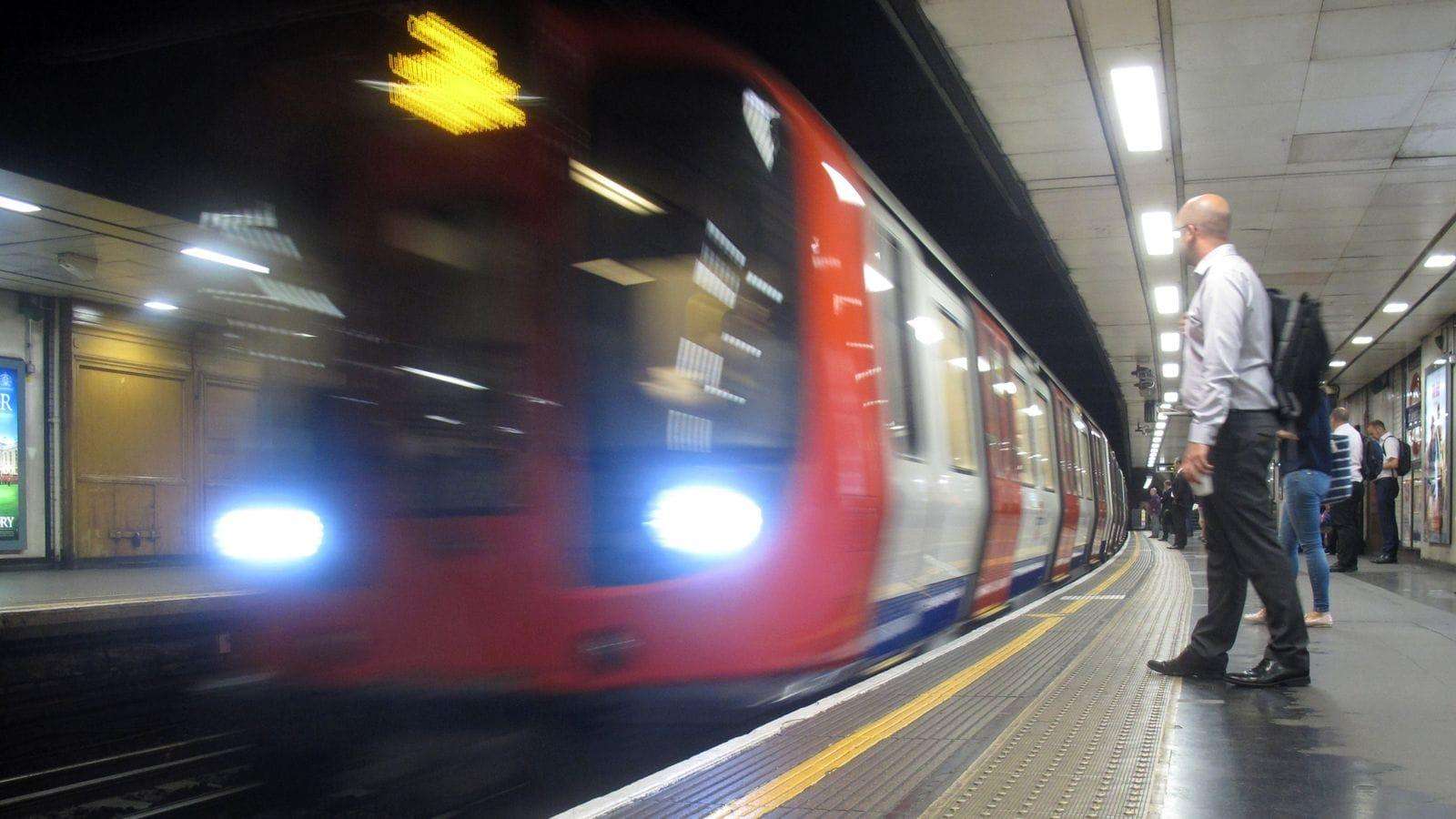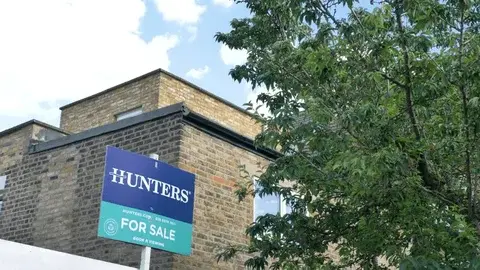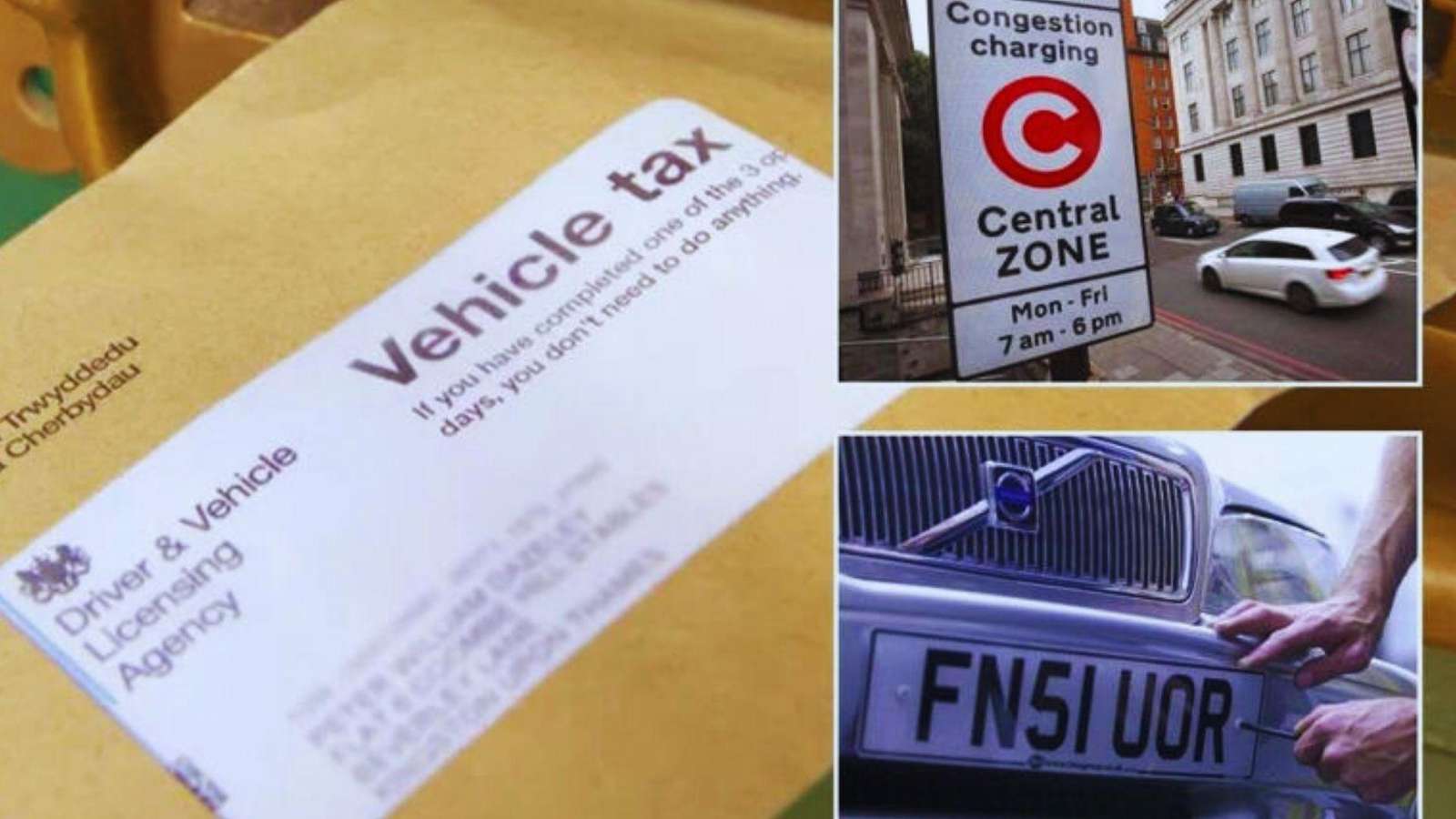Buy-to-let landlords could face stamp duty bills of up to £16,190 following Rachel Reeves’s Budget tax reforms, according to new research.
The changes, set to take effect in April 2025, come after the Chancellor announced plans to roll back tax breaks introduced by the Conservatives in 2022 and raise the stamp duty surcharge on second homes from 3% to 5%.
Research by JLL, using data from ONS, Zoopla, and Rightmove, shows that for the average buy-to-let property in Britain, stamp duty costs will nearly double from £8,452 to £16,190.
This increase is expected to drive up rental prices as landlords look to offset the additional expense. JLL estimates the higher stamp duty will equate to around 11 months of rent, compared to seven months under the previous rules.
That is expected to further rise to 13 months’ rent from April 2025.
Stamp duty is paid by a buyer on the purchase price of a home in England and Northern Ireland, although it is one of the most controversial taxes in the country – criticised by consumers and economists alike.
Following Ms Reeves’s decision to raise stamp duty in her maiden Budget, head of the Institute for Fiscal Studies Paul Johnson said it would “make things even more immobile and increase rents even further”.
The economist said it was “the most damaging tax we have”.
The prospect of rising stamp duty bills has already prompted an increase in landlords exiting the market, as Rightmove data revealed a 6pc rise in new sellers in November.
However, as well as existing property investors selling up, JLL has warned that higher taxes are also likely to deter new landlords from entering the market.
Marcus Dixon, head of UK living and residential research at JLL, said: “Entry costs for buy-to-let investors have risen sharply post-Budget.
“Exit costs – or capital gains tax – remaining static post-Budget means we expect we’ll continue to see fewer new entrants than landlords leaving the market.”

_4.jpg)
_6.jpg)
_1.jpg)




.svg)



